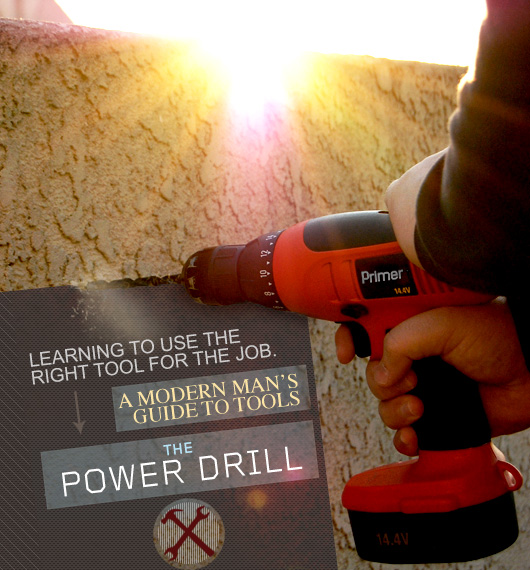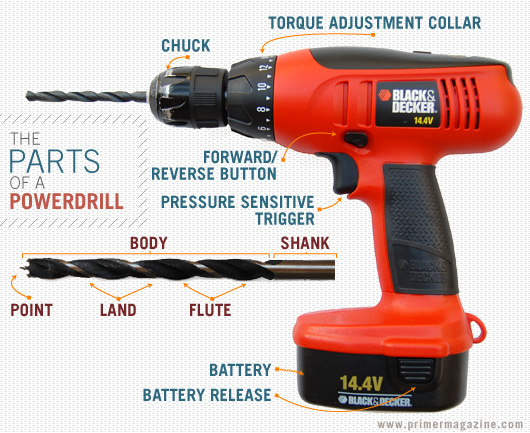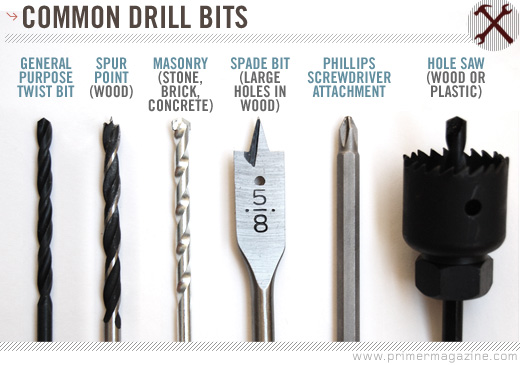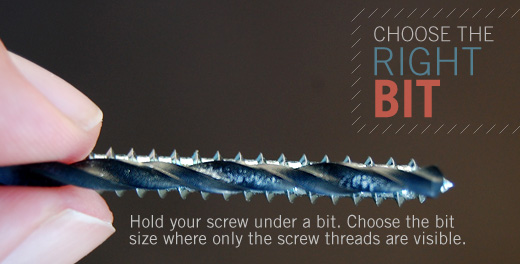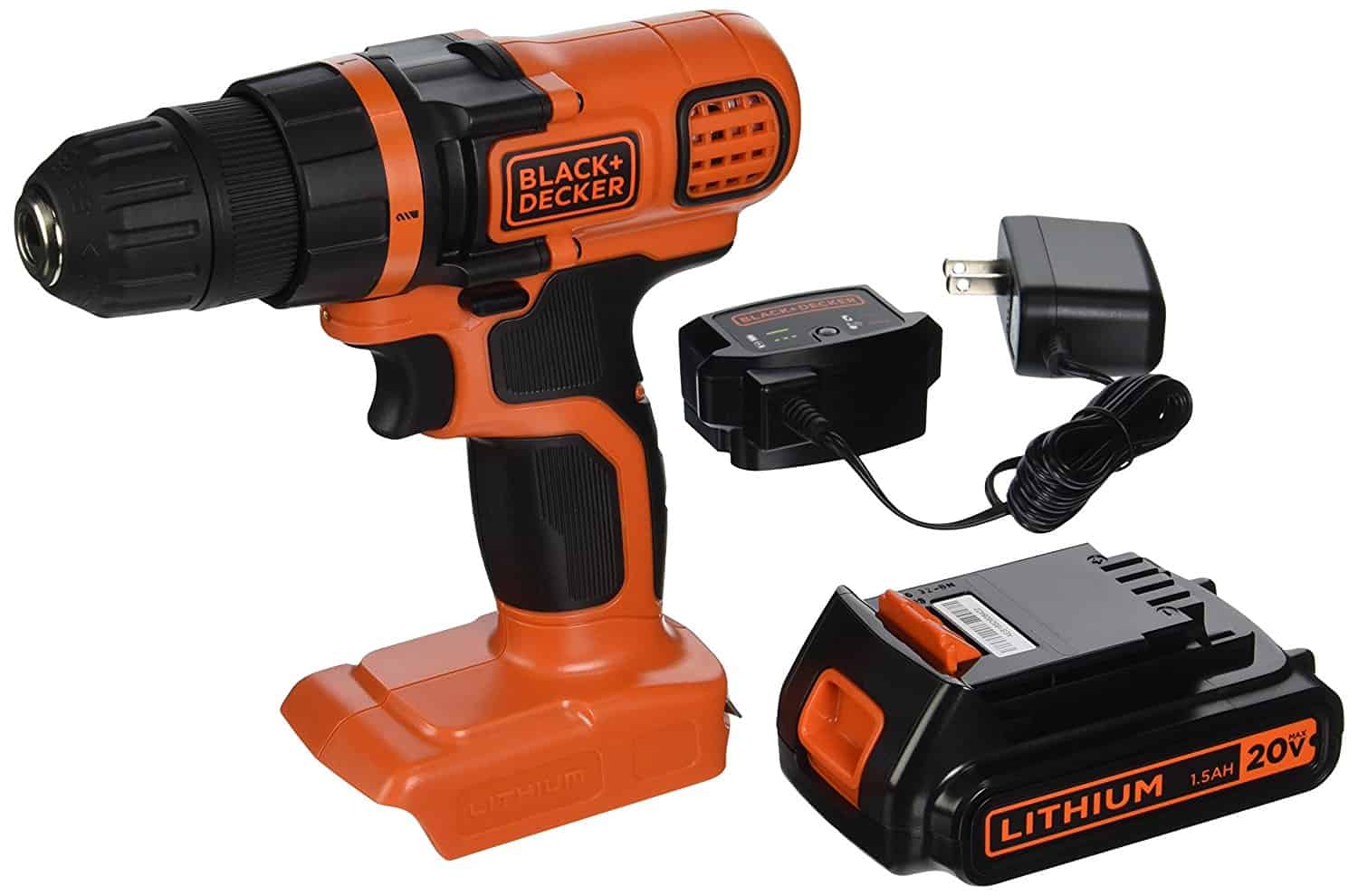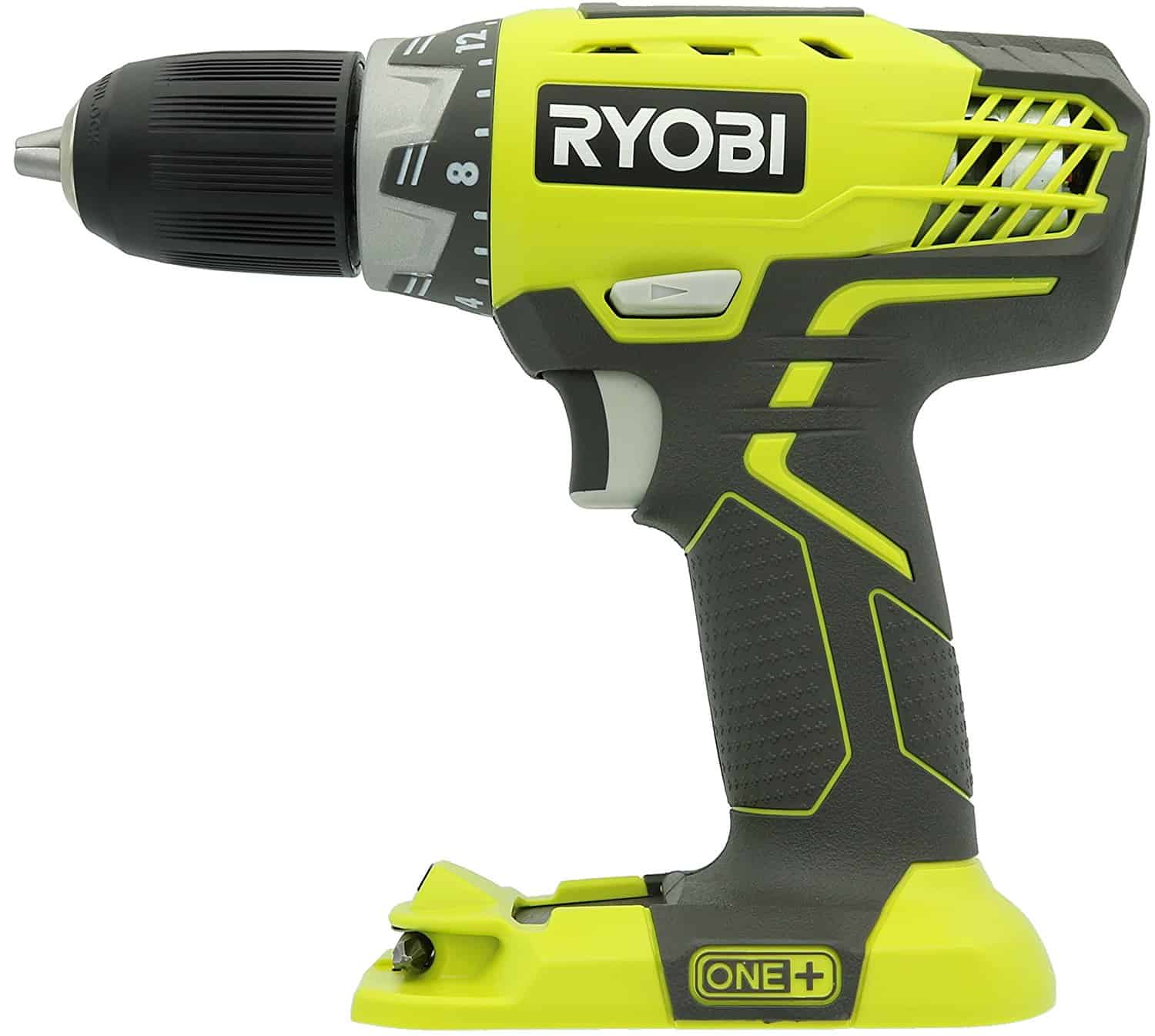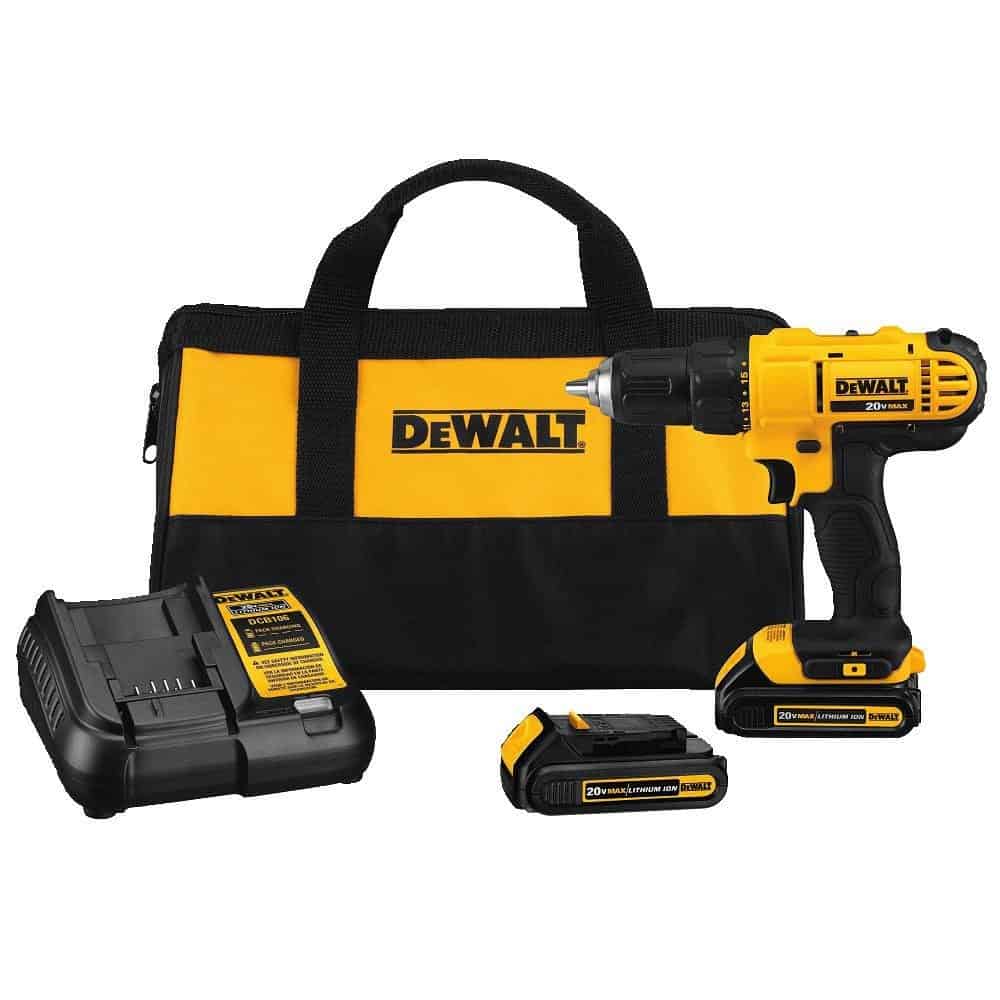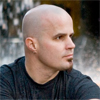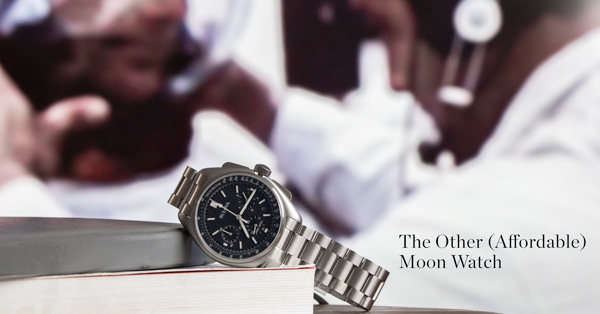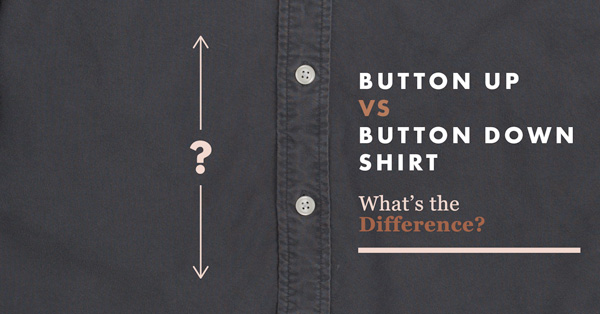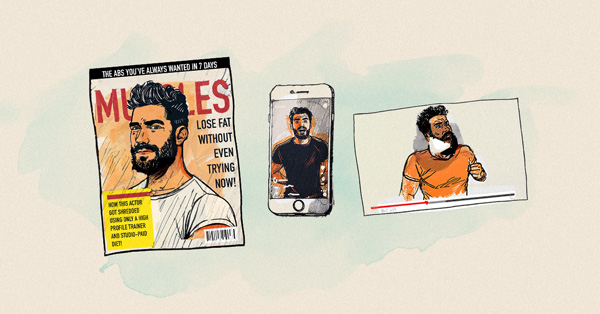A Modern Man's Guide to Tools
The power drill is a screwdriver that’s been bitten by a radioactive spider. You can attach “bits” to it, to match whatever screw you’re working on, and you can also attach “drill bits”, allowing you to drill holes in things.
You are likely to need a power drill for:
- Tedious screwing jobs, such as in construction or assembly
- Drilling holes into a wall or other surface
- Dentistry, but that’s a special kind of drill
How to Use a Power Drill
The main thing you need to know about a power drill is that you can swap out the bits (head ends). Most modern power drills tighten by leverage. Here’s how it works:
- Loosen (remember righty-tighty, lefty-loosy),
- Put your bit into the chuck (the three-pronged holder thingy)
- Tighten. Make sure it’s plenty tight. You can tighten it a bit more by holding the big round part just behind the bit, then squeezing the trigger for a quick sec, but don’t come crying to us if you chafe your soft widdle hands. Many household drills use keyless chucks, meaning you can hand-tighten them, however some drills require the use of a “key” to tighten the chuck. The key is usually stored on the drill top, or in the handle.
The power drill has two other important components. There’s a button, near the trigger, that tells the drill whether to go forward (clockwise) or backward. There’s also (in most drills) a torque setting. When torque is set to its lowest (loosest) setting, it will tighten the screw until it feels a little tension, then start clicking rapidly. When torque is on its highest setting, it will keep tightening the screw until it cams out (see the screwdriver article, if you forgot what this means) or until something bad happens (strips the screw, pokes your eye out, etc.). Usually, you should start with a low to medium torque setting. Then, if you need more, adjust accordingly.
There are different types of drill bits for different types of material. The most common are general-purpose, with a simple head, and can be used for most around-the-house projects. Others include spade or flat bits (for construction framing bolt-holes in wood), masonry (for concrete), brad point bits (for word or dowel work), and bits with a diamond carbide tip (for drilling into porcelain or other tough surfaces).
When drilling a hole for a screw, make sure you are using the right size bit. To do this, hold up your screw with a drill bit in front of it. You should be able to see all of the screw’s threads behind the drill bit. In other words, the drill bit should be the same size as the screw’s body, but smaller than its threads.
If drilling a large hole — especially in metal, or with a precise center point — you may first need to make a smaller “pilot hole” to help guide the drill and protect the material from cracking. Some bits do this for you, but these are specialized tools, and you could probably live a full and happy life without ever seeing one.
Power Drill Pitfalls
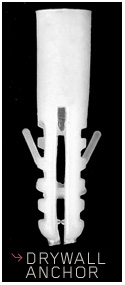
When used as a drill, remember that you can always make the hole bigger, but you can’t ever make it smaller. If you’re not sure which size drill bit to use, better to err on the side of too small.
Also, if making holes in drywall, be sure to use drywall anchors (those little plastic things) . The tiny sharp threads of a screw are just too fine for the rough chalky composition of drywall. The plastic threaders are big and stretchy, and will stay in the drywall much better than a bare screw.



